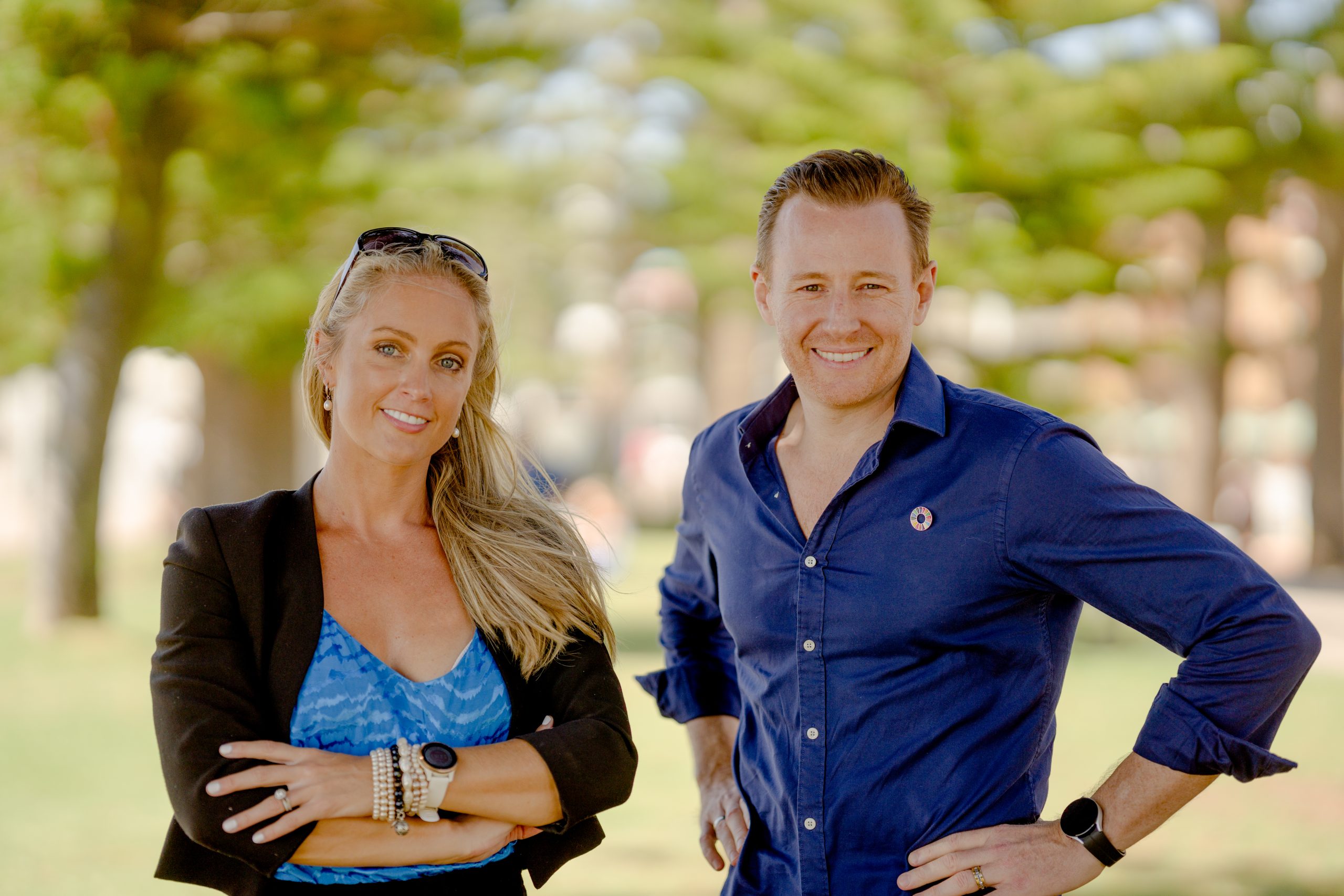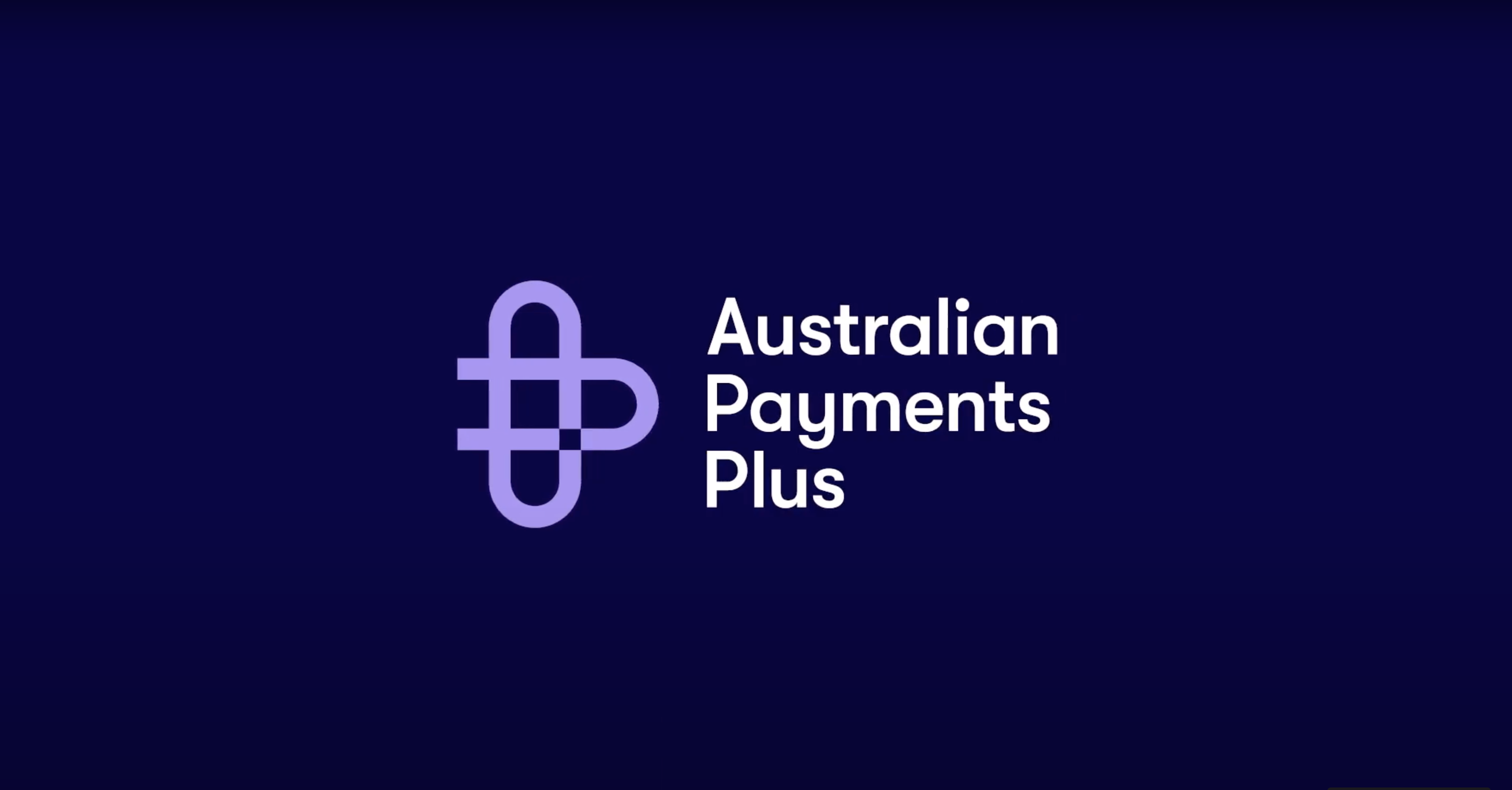Ensuring Strategic Value in Media Engagement
Why are you speaking?
It’s a question far too few people ask themselves before screaming their news out into the ether, and hoping it gets picked up by the media.
Because if you can’t explain how any individual story contributes to a meaningful and valuable long-term corporate strategy, then it may be more of an ego-boosting exercise than anything else.
Below are some tips to ensure your media engagement adds strategic, long-lasting value to your business.

Third Hemisphere the Public Relations company writes about “How To Make Your Media Matter”
1. Start with a media audit
A “media audit” involves assessing what the media says about your company, competitors, and your broader industry, over a relevant period of time.
This can help you identify opportunities to leverage before you build your media strategy.
For example, is there a competitor whose success and favour with the media you can associate yourself with? Is there a journalist who is a strong supporter of your industry or product, who you can target? Is there a cracking story that should be told, which no one has broken yet?
It also uncovers threats to alleviate or avoid. Are you being mischaracterised, or is there a journalist who thinks you and your industry are likely to fail? Are there some common myths surrounding your industry that need to be dispelled?
These factors should all inform the direction, content, and targets of your announcements.
So begin by searching for news coverage on yourself, 3 to 4 key competitors, and your industry overall within a 6- or 12-month period. You can use a dedicated media monitoring platform like Meltwater, or a simple Google News search.
Compile the most relevant excerpts from news articles that help you identify these opportunities and threats, as well as trending themes that are of interest to the media (and those that are oddly absent).
Then write down the learnings from these excerpts that can guide your media strategy, including the journalists to target and avoid.
This should help to inform your next step – aligning your media strategy with your commercial goals.
2. Align media activities with your commercial goals
Your commercial goals are likely to align with a long-term, strategic vision. And you should absolutely be thinking about news media as a tool to achieve commercial goals and your long-term vision.
Begin by writing down your commercial goals for the next 6 to 18 months, the stakeholders associated with each goal, and what you need these stakeholders to think or do to help you achieve these goals.
Then align these goals with a list of possible announcements and messaging that will help these targets too.
For technology & finance companies, one of your primary goals might be to reach milestone X to justify a valuation of Y, and/or raise Z million dollars. To get to this end goal in 6 to 18 months, the world may also need to know that you also achieved milestones A, B, and C along the way too.
Plot these announcements along a timeline and plan them around known variables like major holidays, industry events, or ASX reporting season.
Include target journalists and important key messaging in your planning – and, voila, you have a media strategy aligned with your commercial vision.
3. Be strategic about distribution
You’ve now got a long-term plan, informed by your media audit and commercial goals, and a major story you are ready to announce imminently.
Should you send it out to everyone straight away? Probably not.
If you want tier-1 news media coverage, your distribution strategy may require employing the art of strategic patience to gain maximum results.
This involves working strategically with the editorial pipeline of your target journalist and/or publication, potentially by offering an exclusive to the highest-quality journo likely to run your story. It then requires adhering unwaveringly to their timeline, not yours, to ensure the best possible story lands.
This will not only maximise coverage for that individual story, but potentially also build important relationships with the most important journalists for your business.
4. Don’t just wing the interviews
If a story has been accepted by a tier-1 journalist, they will likely want an interview to gather some exclusive commentary. When the media release is mass-distributed later on, you may have half a dozen or so interview requests to field in one day.
It should go without saying that you should come prepared for interviews. But it can be easy to assume you will ace it because you know your company inside out.
This is where you need to remind yourself that journalists are there to write a story of interest to their readers – not to perform your marketing for you.
What they are looking for may be very different to what you want to tell them. And they might try to trip you up, or convince you to spill information you weren’t planning on divulging.
So prepare a briefing note, or study the briefing note from your PR team ahead of time, which should include the following:
- Key messaging and facts about the story at hand, aligned with the approved media release
- Information about the journalist, their previous stories, and why they are interested in this story – what is their angle? Are they skeptical about your industry? Where do they usually stand on certain relevant issues?
- Potential questions you must be ready to answer, both about the release and also about your competitors, the broader industry, and any juicy goss circling about you such as an impending IPO
- The areas you are strictly forbidden from discussing, such as news you are saving for a future announcement, or comments that will get you in trouble with the regulator.
And finally, of course, practice, practice, practice.
Yearly media training provides a great foundation for managing interviews and getting your messaging right.
It also pays to run through a practice interview with all involved spokespeople before sending out each release, so your messaging is aligned and on the tip of your tongue.
5. Build long-lasting relationships with journalists
Finally, it truly does pay to have strong – and genuine – relationships with journalists.
We understand you may be exceptionally busy, but block out a few hours for possible interviews on the day you distribute your release. Take the time to accommodate every interview request if you can.
Someone who is writing for a smaller publication today may end up in a tier-1 publication tomorrow. And they will remember how you treated them, way back when.
This is particularly important if you have not yet met many journalists face to face.
In addition to this, you can add extra value for them by providing information “on background” (AKA off the record) where you can, if it will help inform a larger story.
This trust-building exercise will be the foundation of long-term and mutually beneficial relationships with journalists. This is far more valuable than the results of any individual story at any given time.










